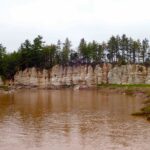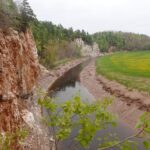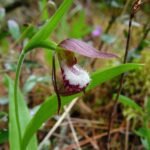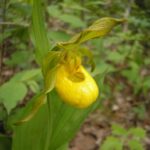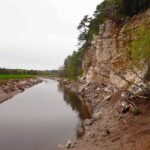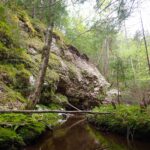Iconic gypsum cliffs and rare orchids
Iconic gypsum cliffs rising from the banks of the St. Croix River are part of an important ecological system based on alkaline soils, karst topography and mature forests. The Nature Trust protects three properties in this area, totalling nearly 400 protected acres of this globally rare topography.
Most karst around the world is formed from limestone, but here in Nova Scotia our most common karst is gypsum. In fact, according to renowned cave biologist (and Nature Trust supporter) Max Moseley, mainland Nova Scotia likely has the largest and best developed areas of gypsum karst in Canada, and amongst the best in the world – including these protected lands in St. Croix.
Nonetheless, karst features are threatened. In Nova Scotia, approximately 90% of the karst sites are located on private land, which makes the Nature Trust’s private land conservation work a critical tool to protecting these unique areas.
The area also boasts important habitat for many rare plants associated with calcium-rich soil conditions, including the Yellow Lady’s-Slipper and the endangered Ram’s-Head Lady’s-Slipper orchids.
The St. Croix River, which passes at the foot of the gypsum cliffs, is an important tidal river in the area. The streams in the now-protected area of the watershed will also help researchers better understand processes in streams in gypsum-dominated landscapes.

